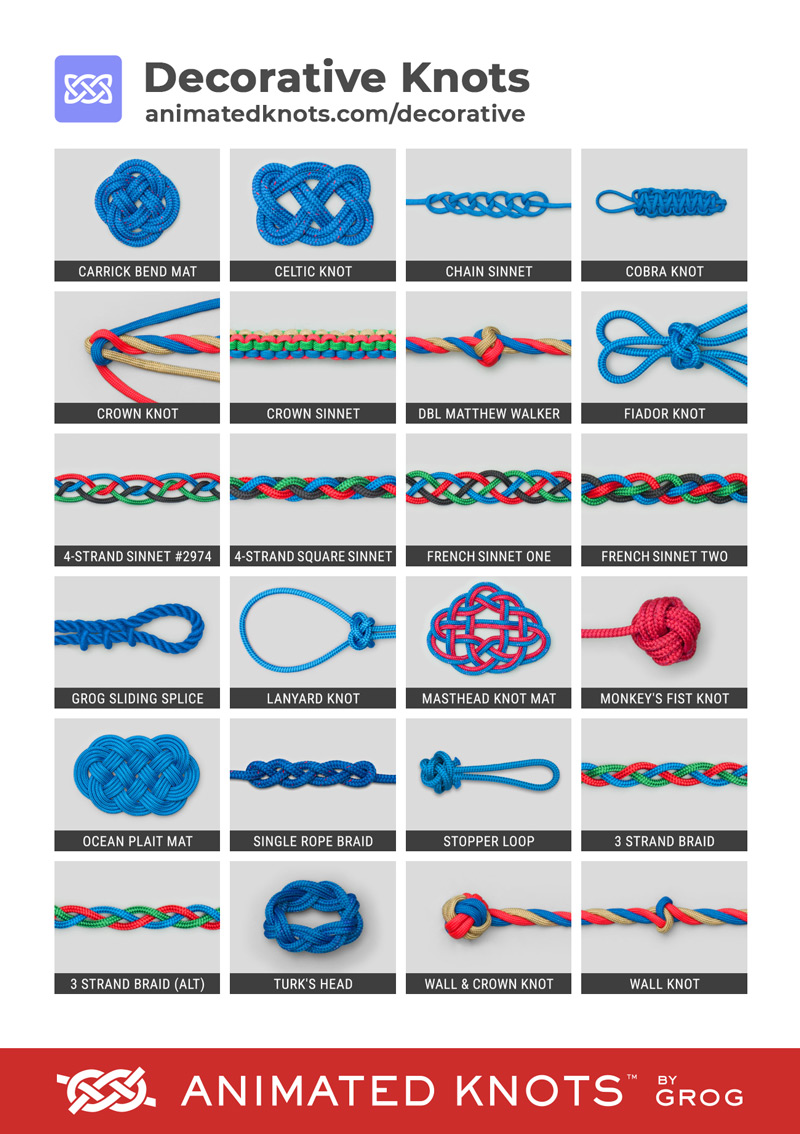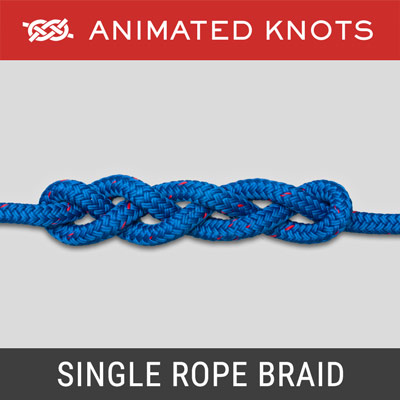Welcome to the colorful world of decorative rope braiding! If you’ve ever admired intricate braided designs on home decor, fashion accessories, or even nautical knots, you’re in for a treat. As someone who’s spent countless evenings combing through tutorials and experimenting with various braiding techniques, I’ve learned that rope braiding is not just a craft; it’s a form of creative expression. In this article, we’ll dive deep into the art of decorative rope braiding, sharing tips, techniques, and personal anecdotes to help you become a master braider.
What is Decorative Rope Braiding?
Decorative rope braiding is a technique used to create visually appealing patterns and designs using ropes or cords. This craft has ancient origins, dating back to various cultures that employed braiding for functional and decorative purposes. From belts and jewelry to home decor and nautical applications, decorative rope braiding can bring a unique touch to any project.
History of Rope Braiding
Understanding the history of rope braiding adds depth to its appreciation. The art of braiding has been practiced across cultures, with unique styles emerging in different regions. Here are a few notable historical highlights:
- Ancient Egypt: Braiding techniques were used in the creation of decorative ropes for clothing and accessories.
- Native American Culture: Braiding was practiced in making ceremonial items, reflecting the significance of design and technique.
- Maritime Tradition: Sailors developed intricate knotting and braiding skills useful in securing sails and equipment.
Types of Materials Used in Rope Braiding
Choosing the right material is crucial for your decorative rope braiding project. Here are some common materials along with their pros and cons:
| Material | Pros | Cons |
|---|---|---|
| Natural Fiber Rope (e.g., jute, cotton) | Eco-friendly, soft texture | Can fray over time |
| Synthetic Rope (e.g., nylon, polyester) | Durable, resistant to weather | Less environmentally friendly |
| Paracord | Highly versatile, strong | Can be more difficult to manipulate for beginners |
| Decorative Cords (e.g., satin, velvet) | Beautiful finish, available in various colors | May not be as sturdy as natural fibers |
Basic Techniques of Decorative Rope Braiding
Before you dive into advanced designs, it’s important to master a few basic braiding techniques.

Single Braid
The single braid is the most fundamental technique. Here’s how to do it:
- Take three strands of rope and position them side by side.
- Cross the right strand over the middle strand.
- Bring the left strand over the new middle strand.
- Repeat until you reach the desired length.
Double Braid
The double braid adds complexity and texture. Follow these steps:
- Use four strands instead of three.
- Begin by braiding two pairs together separately.
- Then, combine the two braids into one larger braid.

Flat Braiding
This technique creates a flat design and is often used for bracelets or belts:
- Start with three or more strands laid flat.
- Cross the outer strands over the center strand in a specific pattern.
- Continue this pattern to create a flat braid.
Advanced Braiding Techniques
If you’re ready to take your skills to the next level, here are some advanced braiding techniques to explore:

Box Braid
The box braid is a popular style in many cultures. It involves creating square sections in the braid:
- Divide your strands into even sections.
- Braid each section separately before combining them.
Spiral Braid
This technique creates a twisted, spiral effect:
- Begin braiding as usual but add a twisting motion.
- Continue twisting as you braid to create the spiral effect.

Project Ideas for Decorative Rope Braiding
Now that you’re familiar with the techniques, let’s explore some fun project ideas!
Braided Bracelets
Perfect for gifts or personal use, braided bracelets are a great beginner project. Use colorful cords for a stylish look.

Decorative Wall Hangings
Create unique wall art by braiding different materials together. Mix textures and colors for a beautiful effect.
Rope Baskets
Use braided rope to craft charming baskets that add a rustic touch to your home decor. They’re functional and beautiful!

Tips for Successful Decorative Rope Braiding
Here are some personal tips to elevate your braiding game:
- Start Small: If you’re a beginner, start with small projects before tackling larger ones.
- Use High-Quality Materials: Invest in good ropes or cords for better results in your projects.
- Be Patient: Braiding takes practice. Don’t rush; enjoy the process.
Common Mistakes to Avoid
As you embark on your braiding journey, keep an eye out for common mistakes:
- Not measuring your cords accurately can lead to uneven braids.
- Forgetting to secure your starting point may result in losing your work.
- Using incompatible materials can affect the overall look and feel of your project.
The Benefits of Decorative Rope Braiding
Beyond just a craft, decorative rope braiding offers numerous benefits:
- Enhances Creativity: It’s a fantastic way to express your artistic side.
- Improves Motor Skills: The process of braiding can strengthen hand-eye coordination.
- Stress Relief: Engaging in a craft can be therapeutic and calming.
Resources for Learning More about Rope Braiding
As you continue your decorative rope braiding journey, consider these resources:
- Online Courses: Websites like Skillshare and Udemy offer comprehensive courses on braiding techniques.
- YouTube Tutorials: Visual learners can benefit from numerous free tutorials available online.
- Books: Look for books dedicated to macramé and rope crafts for in-depth techniques and patterns.
FAQs about Decorative Rope Braiding
What types of ropes are best for beginners?
For beginners, soft cotton or jute ropes are ideal due to their flexibility and ease of handling.
Can I wash my braided projects?
It depends on the material. Natural fibers can shrink, while synthetic fibers are usually machine washable. Always check material specifications first.
How long does it take to learn rope braiding?
With consistent practice, you can learn basic braiding techniques in a few hours. Mastery comes with time and experience.
Are there any safety tips I should consider?
Always use scissors carefully, and if using heated tools for finishing, follow all safety precautions to avoid burns.
Conclusion
Decorative rope braiding is a rewarding skill that combines creativity and craftsmanship. Whether you’re looking to add a personal touch to your home or create unique gifts for loved ones, the possibilities are endless. Remember, practice makes perfect. So gather your materials, find a comfortable spot, and start braiding your way to beautiful creations!